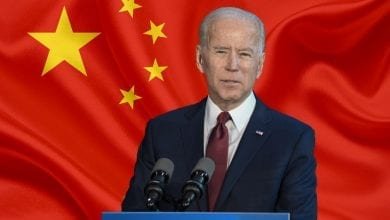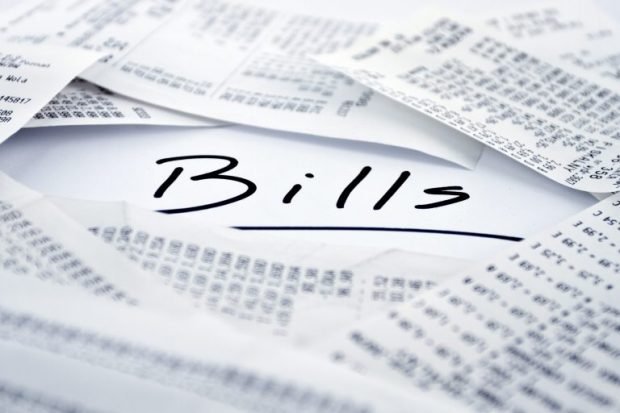Fed action welcomed, but too little and too late
After their December meeting, the Federal Reserve (Fed) indicated that they will be more aggressive in reducing money supply growth and raising interest rates in order to fight inflation. While their actions are welcomed, they are really too little and too late.
In March 2020, as the virus was expanding and the economy was shutting down, the Fed moved to lessen the impact of the resulting recession. They began to massively increase the money supply and dropped interest rates to near zero.
In mid-March, the economy nearly completely shut down. Unemployment shot up from 3.5% to over 14%. Economic growth plummeted into deep negative territory. But the economy re-opened on May 1st and economic growth skyrocketed as the unemployment rate tumbled.
By the end of last year, the economy had rebounded sharply although growth did slow somewhat in the fourth quarter as the virus expanded. Early this year, it became obvious the economy was heading toward solid growth. The fear was that inflation might be a problem.
Considering there were supply chain disruptions, labor shortages leading to wage inflation, rising energy prices, huge inflation-inducing federal government deficits for both 2020 and 2021, and the Fed’s very expansionary Monetary Policy, the inflation peril was obvious.
For the past few years, the average monthly increase in the Consumer Price Index (CPI) was in the .1% to .2% range. The annual inflation rate last year was 1.8%. By March of this year, inflation looked like it would be a very serious problem. The Fed should have acted in March or April.
In January the CPI increase was .3%. In February the increase was .4%. In March the monthly increase was .6%. Although it fluctuated as the year went on, it was obvious that inflation was a problem.
The Fed increases the Money Supply by simply electronically printing money to purchase $120 billion of government securities monthly. Last March, they should have started to reduce their bond-buying, likely taking about eight months to completely end the program. That means by November, the program would have been completely over.
The Fed also should have begun to raise interest rates by a quarter of a point. Then every three months the rate should have increased by another quarter percent. That action would have taken enough excess demand out of the economy to reduce inflationary pressure but not enough to slow growth. That action may have cut the inflation rate in half.
Instead, the Fed did nothing, as inflation increased. By November, the annual inflation rate hit 6.8%. By year-end, the rate will be 7.5%. That will be the worst inflation in four decades.
In April, Fed chair Jerome Powell said that inflation would not be a problem. And, he said, the Fed won’t raise interest rates until 2023. By June he was saying that the inflation was transitory. In November he said that the inflation was not transitory but it would go down by the middle of next year. And now he is saying inflation could remain a problem beyond next year.
Somewhat fortunately, the Fed has just announced that they will be more aggressive in scaling back their extremely expansionary Monetary Policy. They will speed the reduction of the bond-buying program so it should be ended by March. Then the Fed will begin to raise interest rates, probably by one-quarter point every three months. That means three rate increases in 2022.
History indicates the Fed will wait to raise interest rates until after the bond-buying program has ended because they fear doing too much too fast could shake up investors and cause markets to fluctuate widely.
The problem is that it takes time for policy changes to fully impact economic activity. Usually, there is a small impact almost immediately, but the largest impacts often take six to nine months after the action is taken. That means Fed actions taken in the first quarter won’t have a significant impact until the fourth quarter.
By then inflation could hit double-digit levels.




